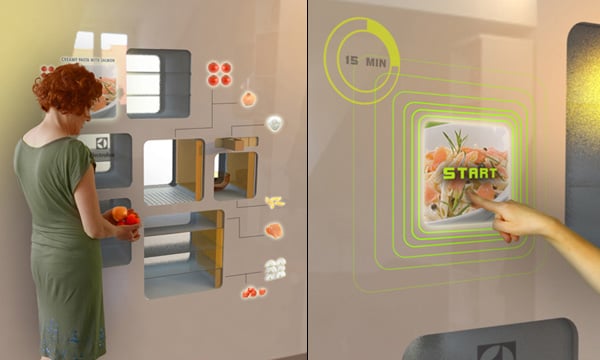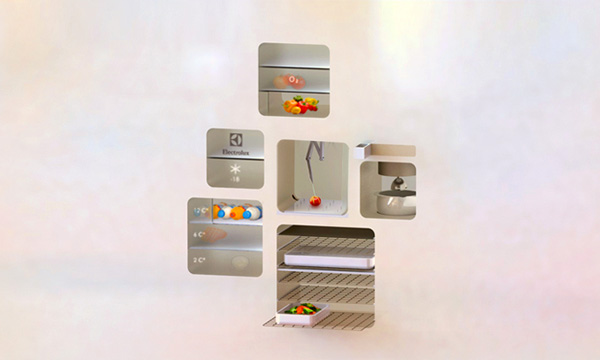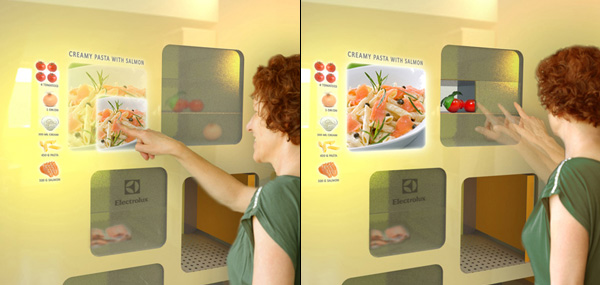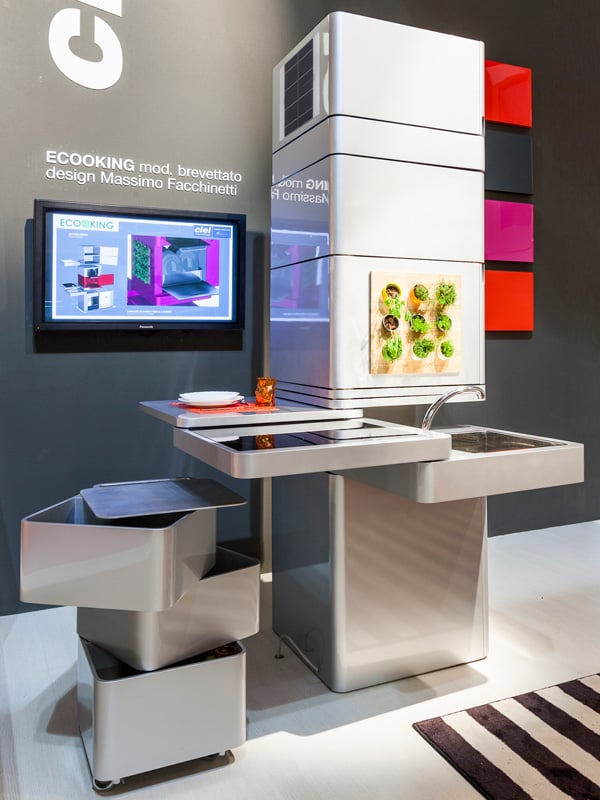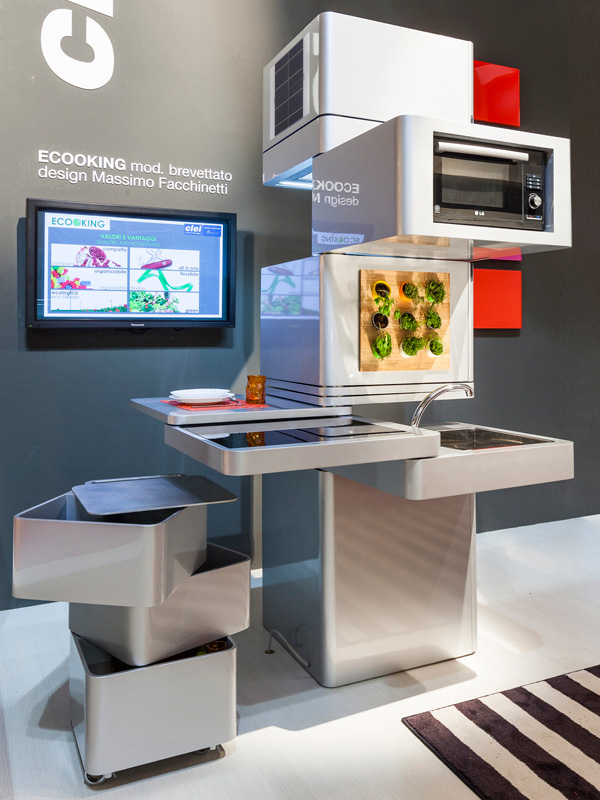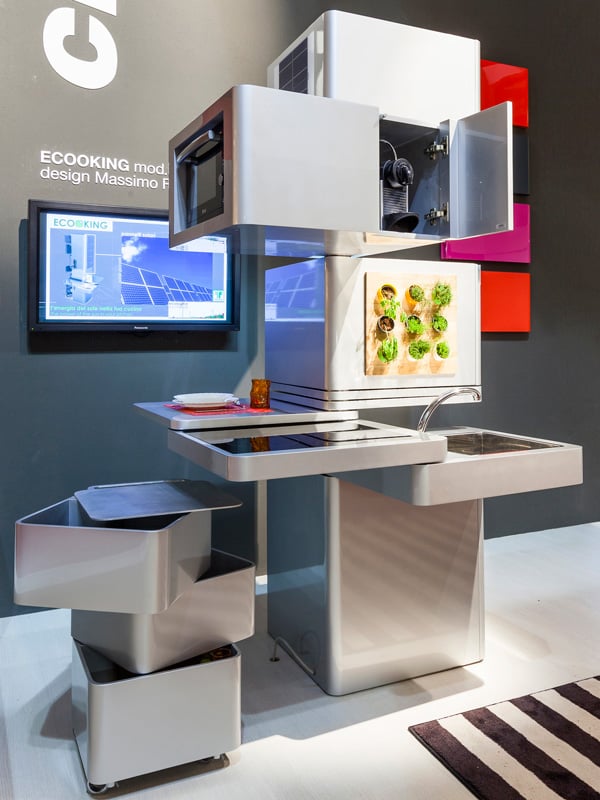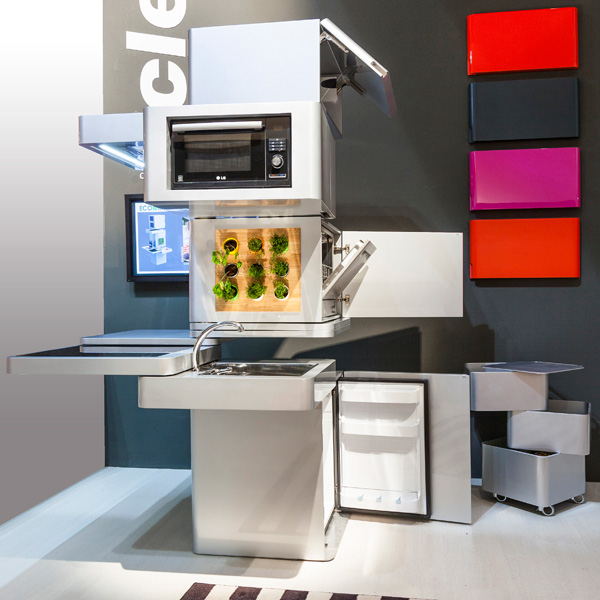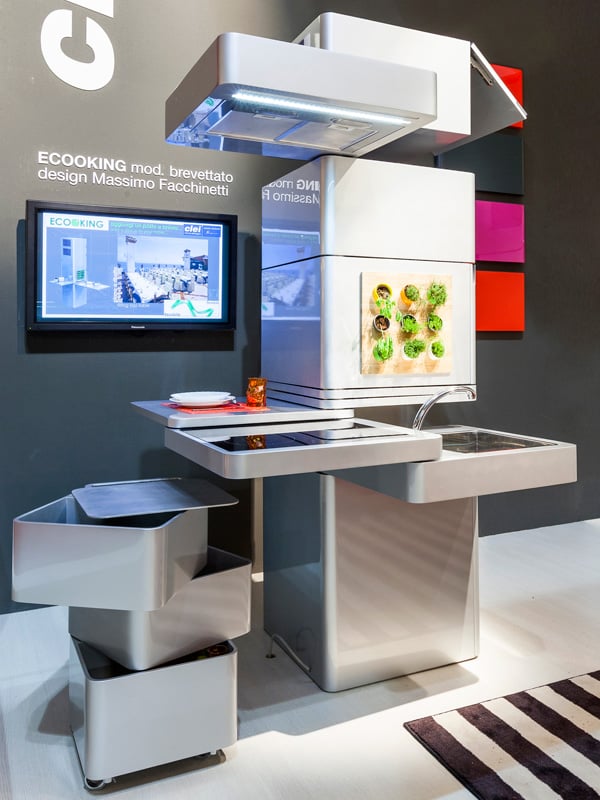Thank you to all hard working students, to our great advisers, to all supporters of our school! Have a Merry Christmas and
a Great New Year ahead!
Will see you again in 2014!
The blog of Kitchen Design Academy Online that brings you information, news and thoughts from the school and around the world!












